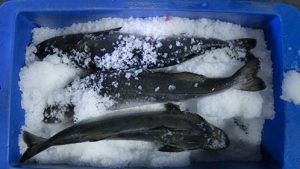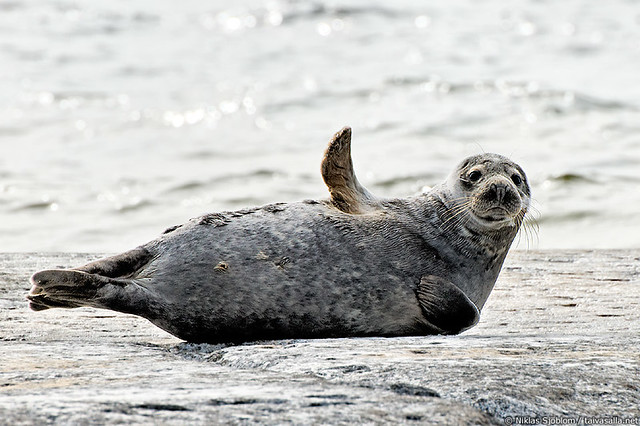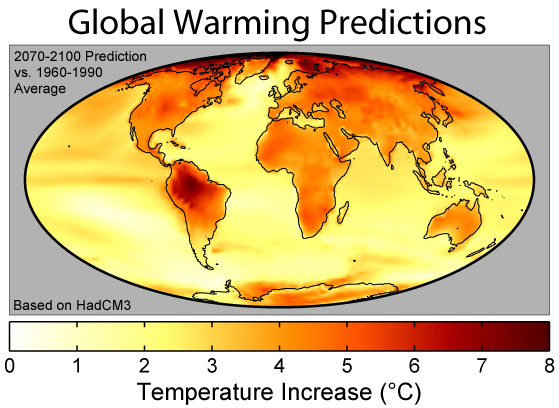Could there be a new subspecies of bird hiding beneath our noses?
Researchers at the University of British Columbia (UBC) have recently discovered a new subspecies of Northern Goshawks living on Haida Gwaii. They looked at DNA of Northern Goshawks and found the birds on Haida Gwaii were different from those found anywhere else. This stunning discovery will help improve current policy and conservation efforts for these endangered birds.
Northern Goshawks are native to British Columbia. These medium sized birds have sharp beaks, large talons, and live in British Columbia’s (BC) mature forests. They are birds of prey and feed on other birds, small mammals, and even insects. To learn more about these amazing birds, check out this interesting Scie 300 Podcast.
For decades, the birds along the coast have been seen as one species. However, recent evidence suggests the birds on Haida Gwaii, an island archipelago off the coast of central BC, may be a subspecies of their own. Kenneth Askelson is one of the researchers behind this study. Kenneth explained the 433 samples they had was one of the largest collections of its kind and relied on contributions from museums and collectors. “To collect all these samples by hand would have taken 30 years,” he explained. Kenneth and his team analyzed the genetic samples and found differences not found in samples from other locations.
Goshawks numbers have been falling around the province, and the species along the coast is officially listed as endangered. There may only be about 1200 of these birds left in BC. The population on Haida Gwaii is even smaller and estimated to have only 50 individuals. This small population is also at risk of inbreeding. Inbreeding is when closely related birds mate with each other. This can produce children that are more susceptible to changes in the environment or have genetic defects. It is not known for sure why these birds have remained isolated for so long.
This begs the question, are we doing enough? Human population growth has caused many species around the globe to disappear, and many more are at the verge of disappearing. The Goshawk is seen as an important indicator of forest health. If the Goshawk species is struggling, the forest may also be struggling. Current efforts to prevent further loss of this species include the creation of Wildlife Habitat Areas. The government of BC hopes to have 90 such areas set up by 2020, with many of these being created on Haida Gwaii.
However, effective conservation depends on knowing where species live and the issues they face. Mr. Askelson prides himself on, “being someone who can provide the most information to make the best management decisions possible.” This study will help policy makers make informed decisions that could save the Haida Gwaii Goshawks from disappearing.
Goshawks are pretty cool, aren’t they? Check out this short video for more information.
-Sukhman Bhuller, Farhan Muhib, Janet Lee
















